Why Cashmere Is So Expensive: The Complete Guide to Luxury Wool

Why Is Cashmere So Expensive? The Complete Guide to Luxury Wool Pricing
Cashmere is expensive because it is one of the rarest natural fibers in the world. Each cashmere goat produces only about 150 grams of usable fiber per year, and the hand-combing and processing are highly labor-intensive. Its unmatched softness, lightweight warmth, and luxury market demand make it one of the costliest fabrics globally.
With this in mind, When you see a cashmere sweater priced at $300, $500, or even $1,000, you might wonder why is cashmere so expensive? The answer lies in a complex web of factors that make cashmere one of the world’s most expensive natural fibers. From the harsh highlands of Mongolia to the skilled hands of Nepalese artisans creating exquisite pashmina, every step in cashmere production contributes to its premium price tag.
What Makes Cashmere Special?
Cashmere is special because of its unmatched softness, lightweight warmth, and natural insulation. Its ultra-fine hollow fibers, thinner than regular wool, come from the undercoat of Kashmir goats. These fibers create a luxurious, breathable, and durable fabric that retains its shape, making cashmere both comfortable and long-lasting.
Is cashmere cotton?
No, cashmere is not cotton. Cashmere is an animal fiber from the soft undercoat of cashmere goats, while cotton comes from the cotton plant. Although blends like “cotton-cashmere” exist, pure cashmere is a distinct, ultra-soft, lightweight, and luxurious wool.
The fiber itself is extraordinarily fine, measuring just 12-19 microns in diameter (human hair is about 50-100 microns). This fineness, combined with its natural crimp, creates the exceptional softness and insulating properties that make cashmere so coveted.
Is cashmere soft?
Yes, cashmere is exceptionally soft and luxurious. It comes from the fine undercoat of cashmere goats, producing fibers much finer and smoother than typical wool. The low micron diameter of these fibers gives cashmere its signature softness, making it a highly desirable and premium textile.
The Economics of Extreme Scarcity
Limited Global Production
The numbers tell a compelling story about why cashmere is so expensive. Only 6,500 metric tons of cashmere are produced worldwide each year, which is a small portion of the 2 million tons of wool produced annually.
To put this in perspective, cashmere represents less than 0.3% of global wool production, making it approximately 300 times rarer than regular wool.
Is cashmere expensive? With such limited supply, the answer is definitively yes.
Minimal Yield Per Animal
Only around 150 grams (5 ounces) of useable wool are produced annually by each cashmere goat. This indicates that four to six goats must provide enough fiber annually to make one sweater.
Compare this to sheep, which can produce 4-7 pounds of wool annually, and you begin to understand the mathematical reality behind cashmere’s high prices.
Growing Market Demand
Despite the limited supply, global demand continues to surge. The size of the global cashmere market was estimated at USD 2.5 billion in 2023 and is expected to expand at a compound annual growth rate to USD 3.9 billion by 2032, growing at a compound annual growth rate (CAGR) of 4.8%. This classic supply-demand imbalance naturally drives prices upward.
The Labor-Intensive Production Process
Hand-Combing During Molting Season
Unlike sheep shearing, which can be done with electric clippers, cashmere collection is an intricate manual process. Herders must hand-comb the goats during their natural molting season in spring, carefully separating the fine undercoat from the coarser guard hairs.
This process can only happen once per year and requires significant skill to avoid damaging the delicate fibers.
Multiple Processing Stages
The journey from raw fiber to finished yarn involves numerous labor-intensive steps:
Sorting and Cleaning: Raw cashmere must be meticulously sorted by color, length, and quality. Workers remove any remaining guard hairs and debris by hand, as machines would damage the delicate fibers.
Dehairing: Even after initial sorting, specialized machinery is needed to remove any remaining guard hairs. This process requires multiple passes and careful adjustment to preserve fiber integrity.
Washing and Scouring: Cashmere must be washed in precise temperature-controlled conditions using specific detergents that won’t damage the fibers. This process removes natural oils and any remaining impurities.
Carding and Combing: The clean fibers are aligned and prepared for spinning through processes that require skilled technicians to maintain consistency and quality.
Spinning: Converting cashmere fibers into yarn requires specialized equipment and expertise. The delicate nature of the fibers means slower processing speeds and careful handling throughout.
Skilled Artisan Labor
Skilled artisans are needed at each step to comb, card, spin, weave, and finish cashmere without compromising the fragile fibers’ integrity.
This significantly increases the time and expense required to turn raw cashmere into quality fabric.
Unlike mass-produced synthetic materials, cashmere processing cannot be fully automated without sacrificing quality.
Quality Grades and Their Impact on Price
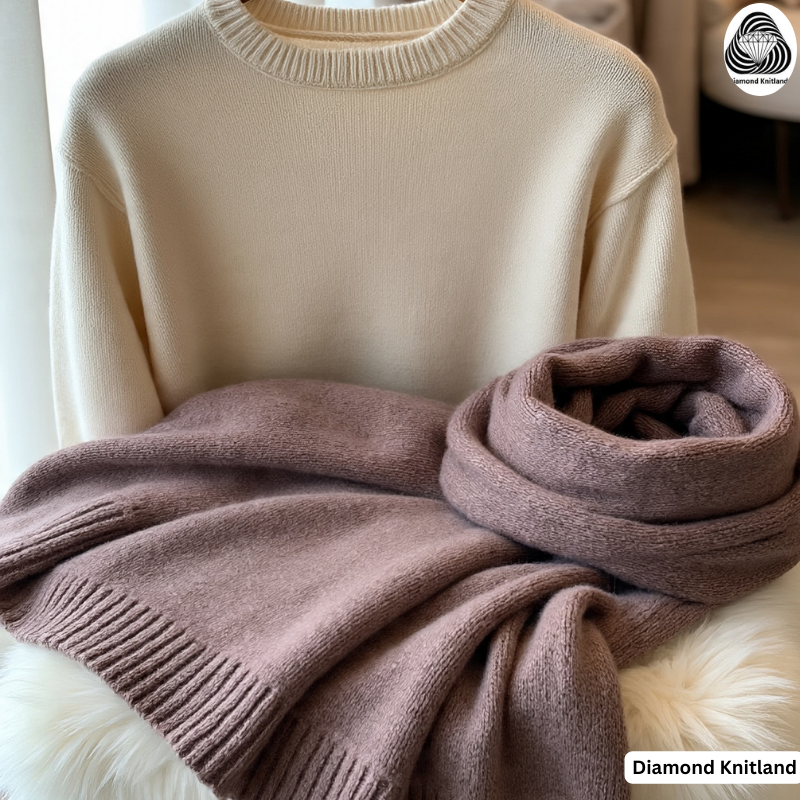
Not all cashmere is created equal. The industry recognizes three primary grades:
Grade A (Premium): The finest quality with fibers 14-15.5 microns in diameter and 34-36mm in length. This grade represents only about 30% of total cashmere production and commands the highest prices.
Grade B (Good): Mid-range quality with slightly thicker fibers (16-19 microns) and shorter lengths. This represents about 50% of production.
Grade C (Lower): The lowest commercial grade with fibers over 19 microns and shorter lengths. While still soft, it lacks the luxurious feel of higher grades.
The grade dramatically affects pricing, with Grade A cashmere costing 3-5 times more than Grade C. But neither a label nor the website of a cashmere vendor will ever list Grade A or Grade C. The length of the fibers indicates the cashmere’s quality.
Geographic and Environmental Factors
Climate-Dependent Production
Where is cashmere wool from? Cashmere goats develop their finest undercoat only in response to harsh winter conditions.
The extreme temperature variations in regions like Mongolia’s Gobi Desert, the highlands of Nepal, Northern China, and Iran – where temperatures can range from -40°F in winter to 100°F in summer – stress the animals in a way that produces the finest, most insulating fibers.
Nepal’s Prestigious Pashmina Tradition
Cashmere where does it come from?
Cashmere comes from the soft undercoat of cashmere goats, mainly the Capra Hircus breed, found in cold regions like Mongolia, China, Nepal, and India. The fine fibers are collected by hand-combing or shearing during the molting season, then processed into the lightweight, warm, and luxurious fabric known as cashmere.
Nepalese pashmina, made from the undercoat of Chyangra goats living at altitudes above 14,000 feet in the Himalayas, represents some of the world’s finest cashmere.
The high-altitude environment of Nepal creates exceptionally fine fibers measuring just 12-15 microns. Nepalese artisans have perfected the art of how cashmere is made over centuries, hand-spinning and weaving these precious fibers into luxurious pashmina scarves and shawls that can cost anywhere from $200 to over $2,000 depending on quality and craftsmanship.
Environmental Challenges
Climate change and desertification in traditional cashmere-producing regions are putting additional pressure on production. Overgrazing has become a concern in Mongolia, where the cashmere boom has led to increased herd sizes that strain fragile grassland ecosystems.
Transportation and Logistics
Raw cashmere often travels thousands of miles from remote herding regions to processing facilities, then to manufacturers, and finally to retail markets. Each transportation step adds costs, especially when maintaining the cold-chain storage that preserves fiber quality.
The Complex Supply Chain
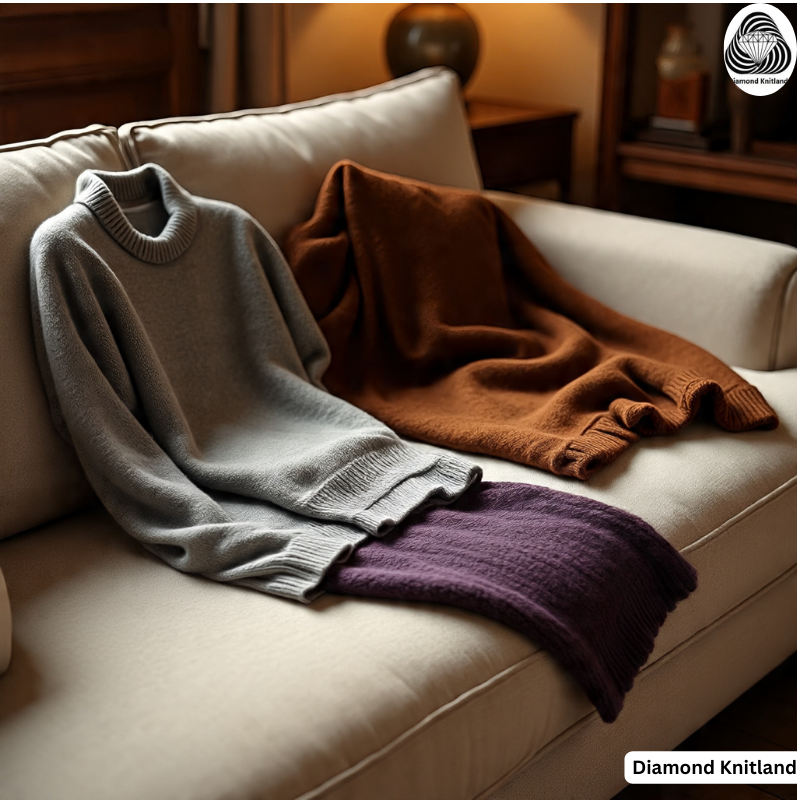
Multiple Intermediaries
Typically, the process involves goat herders sending raw cashmere wool to dye facilities, which turn it into suitable yarn. The yarn is then sold to textile makers who create commissioned patterns for the ultimate market+. Each intermediary adds their markup, contributing to the final retail price.
Quality Control at Every Stage
Maintaining consistent quality requires inspection and testing at multiple points in the supply chain. This includes testing for fiber diameter, length, tensile strength, and color consistency. These quality control measures add time and cost but are essential for premium cashmere products.
Traceability and Certification
Premium cashmere brands increasingly invest in supply chain traceability to ensure ethical sourcing and animal welfare standards. These certification processes add administrative costs but are becoming essential for brands targeting conscious consumers.
Brand Premium and Market Positioning
Luxury Brand Markup
High-end fashion houses command significant premiums for their cashmere products. A cashmere sweater that might cost $200 from a direct-to-consumer brand could retail for $800-2,000 from a luxury fashion house, reflecting brand positioning, marketing costs, and retail margins.
Ethical Considerations and Value Assessment
Is Cashmere Ethical?
Is cashmere ethical? This depends on sourcing and production methods. Ethical concerns include:
- Animal welfare: Responsible producers ensure goats are treated humanely during combing
- Environmental impact: Overgrazing in Mongolia has caused desertification concerns
- Fair labor practices: Supporting brands that ensure fair wages for herders and processors
Is cashmere vegan? No, cashmere is an animal product and is not considered vegan. However, the combing process doesn’t harm the goats when done properly.
Is Cashmere Worth It?
Yes, cashmere is worth it for its longevity, comfort, and investment value. Quality cashmere can last decades with proper care, providing unmatched softness, lightweight warmth, and versatile wear across seasons. High-grade pieces also retain resale value, making them a smart long-term wardrobe investment.
Key Benefits:
- Longevity: Quality cashmere lasts decades with proper care
- Versatility: Suitable for multiple seasons due to temperature regulation
- Comfort: Unmatched softness and lightweight warmth
- Investment Value: High-quality pieces retain resale value
The answer to why cashmere is so expensive ultimately justifies the cost for those who value luxury, durability, and comfort.
Economic Factors and Market Dynamics
Currency Fluctuations
Since much of the world’s cashmere production occurs in developing countries while consumption is concentrated in developed markets, currency exchange rates significantly impact pricing. A weak Mongolian tugrik or Chinese yuan can temporarily reduce costs, while strength in these currencies increases prices for international buyers.
Seasonal Production Cycles
The once-yearly collection window creates inventory challenges. Brands must forecast demand and purchase raw materials months or even years in advance, leading to price volatility and the need for significant working capital.
Investment in Processing Infrastructure
Modern cashmere processing requires specialized equipment that represents significant capital investment. Dehairing machines can cost hundreds of thousands of dollars, and the low-volume nature of cashmere production makes it difficult to achieve economies of scale.
Comparing Cashmere to Alternative Materials
Understanding why cashmere is so expensive becomes clearer when comparing it to alternatives.
Cashmere vs. Regular Wool
Which is warmer cashmere or wool? Is cashmere warmer than wool?
Yes, cashmere is generally warmer than wool for its weight. Its ultra-fine fibers trap more air, providing lightweight insulation and exceptional warmth. While wool is more durable and water-resistant, cashmere offers a superior warmth-to-weight ratio, making it ideal for soft, lightweight winter garments.
Cashmere vs. Merino Wool
Which is warmer cashmere or merino wool?
Cashmere is generally warmer than merino wool because its ultra-fine fibers (12–19 microns) trap more air, providing superior insulation and lightweight warmth. Merino wool, with slightly thicker fibers (18–24 microns), is more breathable and suitable for layering or year-round wear. Cashmere offers a better warmth-to-weight ratio, while merino is more affordable.
Practical Applications
Are cashmere gloves warm?
Cashmere gloves are exceptionally warm for their weight and provide excellent dexterity. However, they’re best suited for dry conditions as moisture can reduce their insulating properties.
Synthetic Alternatives
Advanced synthetic materials can mimic some of cashmere’s properties at a fraction of the cost, but they lack the natural breathability, temperature regulation, and luxurious feel of genuine cashmere.
Other Luxury Fibers
Compared to other luxury materials like vicuña (which can cost $3,000+ for a scarf) or qiviut (musk ox wool), cashmere actually represents relatively good value in the luxury fiber market.
The Investment Perspective
Cost Per Wear
While the initial investment in quality cashmere is substantial, the durability of well-made pieces means they can last decades with proper care. A $500 cashmere sweater worn 50 times per year for 10 years costs just $1 per wear.
Seasonal Versatility
Cashmere’s exceptional temperature regulation makes it suitable for multiple seasons, maximizing utility and value compared to specialized cold-weather or warm-weather garments.
Resale Value
High-quality cashmere pieces from respected brands often retain significant resale value, particularly vintage or limited-edition items from luxury houses.
Manufacturing Innovation and Future Trends
Technology Integration
New technologies in fiber sorting, dehairing, and spinning are gradually reducing some processing costs, though these improvements are offset by rising demand and labor costs in producing regions.
Sustainable Practices
Investment in sustainable herding practices and regenerative agriculture is creating additional costs but may help ensure long-term supply stability.
Direct-to-Consumer Models
Some brands are reducing costs by eliminating intermediaries and selling directly to consumers, though this requires significant investment in marketing and customer service.
Understanding Value in the Cashmere Market
Identifying Quality
Consumers can assess cashmere value by examining fiber length, softness, and density. High-quality cashmere should feel substantial without being heavy, and maintain its shape after gentle stretching.
Price-to-Quality Ratios
The sweet spot for quality cashmere often lies in the $200-400 range for sweaters from reputable brands. Below $150, quality compromises become apparent, while prices above $500 often reflect brand premium rather than superior materials.
Cashmere Care: Protecting Your Investment
Understanding why cashmere is so expensive makes proper care essential to protect your investment. The delicate nature of cashmere fibers requires special attention.
Washing Cashmere
Can cashmere be washed?
Yes, but with extreme care. Can cashmere be hand washed? Hand washing is actually the preferred method for most cashmere items. Use cool water (30°C/86°F or less) with a gentle wool detergent, and never wring or twist the fabric.
Can cashmere be machine washed?
Some modern cashmere items can be machine washed on a gentle wool cycle, but always check the care label first. Use a mesh laundry bag and the shortest, gentlest cycle available.
Can cashmere be dry cleaned?
Professional dry cleaning is often the safest option, especially for structured garments or items with complex construction. However, frequent dry cleaning can eventually damage the fibers.
Moisture and Drying
Can cashmere get wet? While cashmere can handle moisture, it should never be soaked or saturated. Will cashmere shrink? Yes, cashmere will shrink significantly if exposed to hot water, agitation, or high heat during drying. Always lay flat to dry, never hang cashmere items.
Pressing and Maintenance
Can cashmere be ironed? Yes, but use low heat and preferably steam. Place a pressing cloth between the iron and the cashmere, or use a steamer to remove wrinkles safely.
Can cashmere be dyed? While technically possible, dyeing cashmere should only be done professionally, as the process can damage the delicate fibers and affect the garment’s structure.
Conclusion
Why is cashmere so expensive? The answer is multifaceted: cashmere is expensive because it combines natural rarity, labor-intensive production, exceptional quality, and strong market demand. From the high-altitude pastures of Nepal where precious pashmina is created, to the windswept plains of Mongolia, every step in the cashmere supply chain adds value and cost.
The high price reflects a complex interplay of natural scarcity, skilled craftsmanship, quality requirements, and market dynamics. Whether you’re considering cashmere gloves, a pashmina scarf, or a luxury sweater, understanding these factors helps justify the investment.
Understanding these factors helps consumers make informed decisions about cashmere purchases. While the initial investment is significant, the combination of luxury, durability, and timeless appeal can justify the cost for those who value quality and craftsmanship.
The cashmere market will likely continue growing, driven by rising global wealth and appreciation for natural luxury materials. However, sustainability concerns and climate challenges may reshape production practices and pricing in the coming decades.
For consumers considering cashmere, the key is to buy the best quality you can afford from reputable brands, care for it properly, and view it as a long-term investment in your wardrobe. When approached this way, cashmere’s premium price becomes not just justifiable, but reasonable for one of nature’s most remarkable fibers.

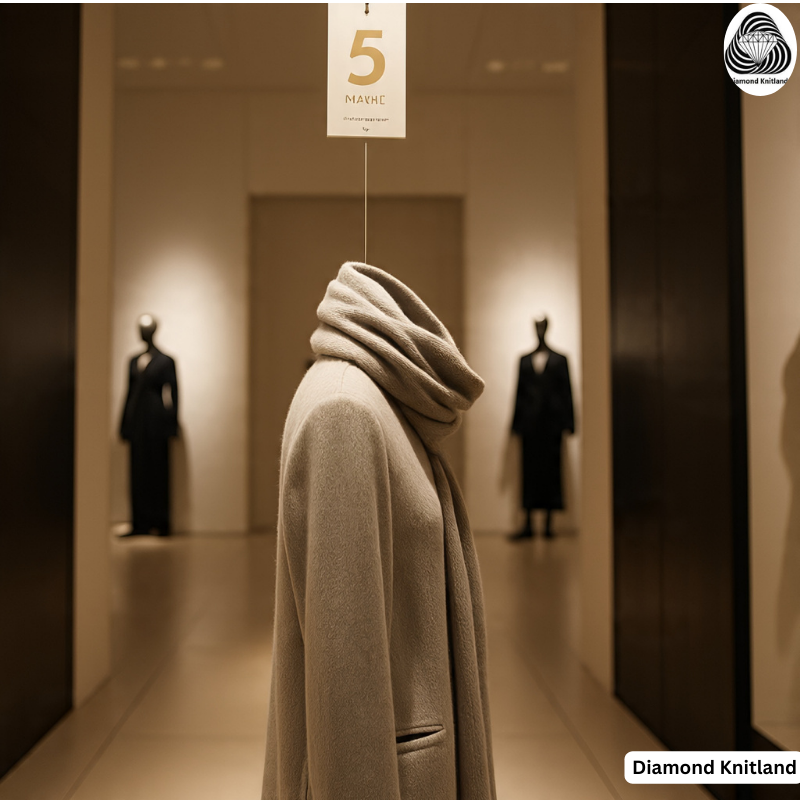
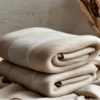
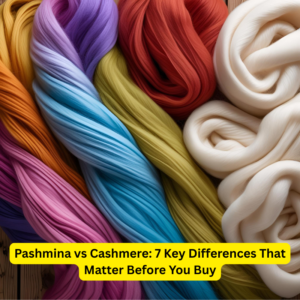


Add comment